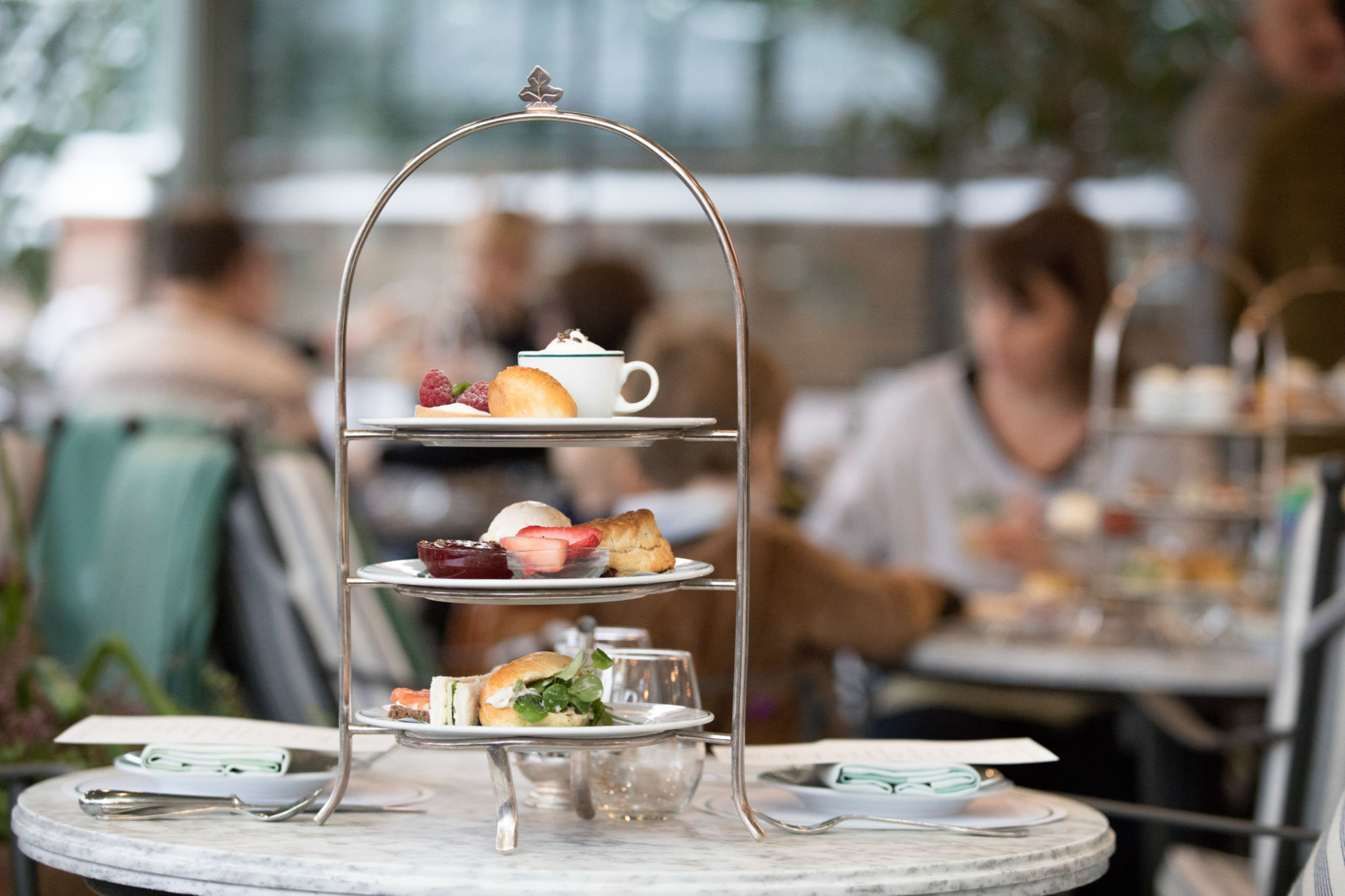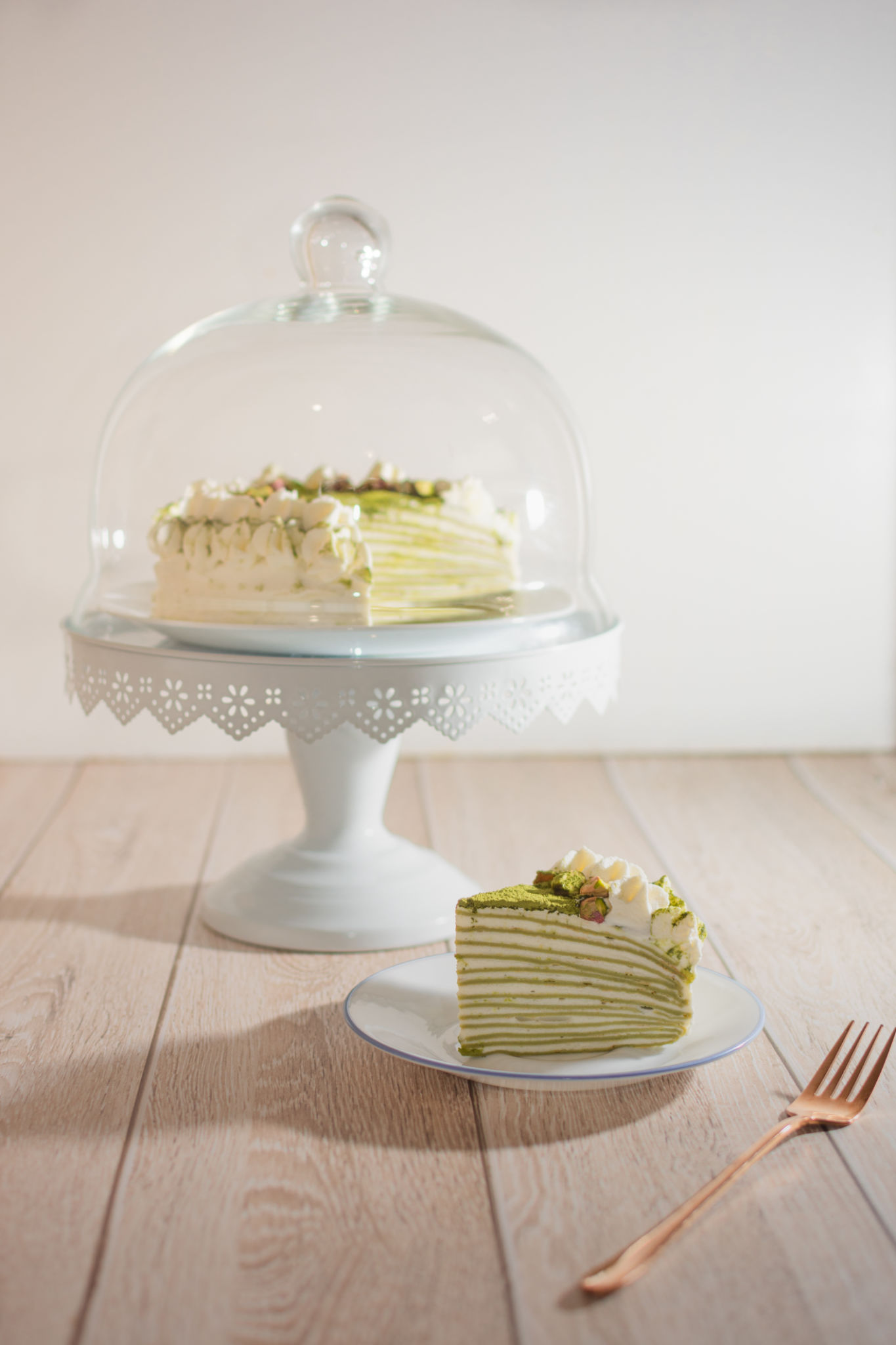Comparing Traditional vs. Modern Afternoon Tea Experiences
LK
The Charm of Traditional Afternoon Tea
Traditional afternoon tea is a beloved ritual that dates back to the early 19th century. Originating in England, it was introduced by the Duchess of Bedford as a light snack to ward off hunger between lunch and dinner. This delightful experience typically includes a selection of finger sandwiches, scones with clotted cream and jam, and an assortment of sweet pastries. Served with a pot of freshly brewed tea, this classic version is steeped in history and elegance.
One of the defining features of traditional afternoon tea is its attention to detail. The table setting is often elaborate, featuring fine china, silverware, and linen napkins. The ambiance is serene, often accompanied by soft classical music to enhance the experience. This setting transports guests back in time to an era where leisurely afternoons were a cherished affair.

The Ingredients of Tradition
The traditional menu is designed to provide a balanced array of flavors and textures. Finger sandwiches may include fillings like cucumber, smoked salmon, egg, and cress. The scones are a highlight, freshly baked and served warm. Finally, the pastries often feature classic British desserts such as Victoria sponge cake or Battenberg cake.
The choice of tea is equally important in the traditional experience. Guests are typically offered a selection of high-quality black teas, such as Earl Grey or Darjeeling, which complement the flavors of the food. The ritual of brewing and pouring the tea is performed with great care, adding to the ceremony's overall elegance.
Embracing Modern Afternoon Tea
In contrast to the traditional approach, modern afternoon tea experiences offer a fresh twist on this classic ritual. Many contemporary establishments have embraced innovation, introducing new flavors and creative presentations. These modern variations cater to diverse tastes and dietary preferences, making afternoon tea more accessible and exciting for today's audience.

Modern afternoon tea may include unique offerings such as themed teas, where the menu is inspired by popular culture or seasonal ingredients. Some venues even incorporate elements from international cuisines, offering a fusion experience that breaks away from tradition. These changes reflect the dynamic nature of culinary trends and the desire to appeal to a broader audience.
The Modern Menu
While scones and sandwiches remain staples, modern menus often feature inventive twists on these classics. For example, sandwiches might include gourmet ingredients like truffle or avocado. Pastries could present a mix of traditional favorites alongside contemporary creations like macarons or matcha-infused cakes.
Tea selections have also expanded beyond the classic black teas to include green teas, herbal infusions, and even bubble teas in some establishments. The emphasis is on providing a personalized experience where guests can explore a variety of flavors and find something that suits their palate.

Choosing Your Experience
Deciding between traditional and modern afternoon tea experiences often comes down to personal preference. Those seeking a nostalgic journey into the past will likely appreciate the elegance and refinement of a traditional setting. On the other hand, adventurous foodies might enjoy the creativity and variety offered by a modern approach.
Whichever style you choose, both traditional and modern afternoon teas offer a delightful escape from the everyday hustle and bustle. Whether indulging in timeless classics or exploring new culinary horizons, afternoon tea remains a cherished ritual that continues to bring people together.